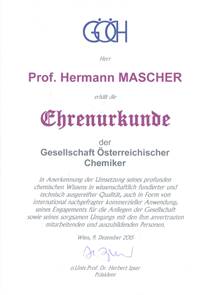pharm-analyt acquired broad experience and knowledge over the last years in the area of lysosomal storage diseases.
After identifying and validating biomarkers for several lysosomal storage diseases (Gaucher, Fabry, NPC, MLD), pharm-analyt now identified another biomarker in this field:
A diagnostic marker for Krabbe Disease.
About Krabbe disease (quote from U.S. National Library of Medicine)
Krabbe disease (also called globoid cell leukodystrophy) is a degenerative disorder that affects the nervous system. It is caused by the shortage (deficiency) of an enzyme called galactosylceramidase. This enzyme deficiency impairs the growth and maintenance of myelin, the protective covering around certain nerve cells that ensures the rapid transmission of nerve impulses. Krabbe disease is part of a group of disorders known as leukodystrophies, which result from the loss of myelin (demyelination). This disorder is also characterized by the abnormal presence of globoid cells, which are globe-shaped cells that usually have more than one nucleus.
The symptoms of Krabbe disease usually begin before the age of 1 year (the infantile form). Initial signs and symptoms typically include irritability, muscle weakness, feeding difficulties, episodes of fever without any sign of infection, stiff posture, and slowed mental and physical development. As the disease progresses, muscles continue to weaken, affecting the infant's ability to move, chew, swallow, and breathe. Affected infants also experience vision loss and seizures.
Less commonly, onset of Krabbe disease can occur in childhood, adolescence, or adulthood (late-onset forms). Visual problems and walking difficulties are the most common initial symptoms in this form of the disorder, however, signs and symptoms vary considerably among affected individuals.
Incidence Rate:
In the United States, Krabbe disease affects about 1 in 100,000 individuals. A higher incidence (6 cases per 1,000 people) has been reported in a few isolated communities in Israel.

